Letters
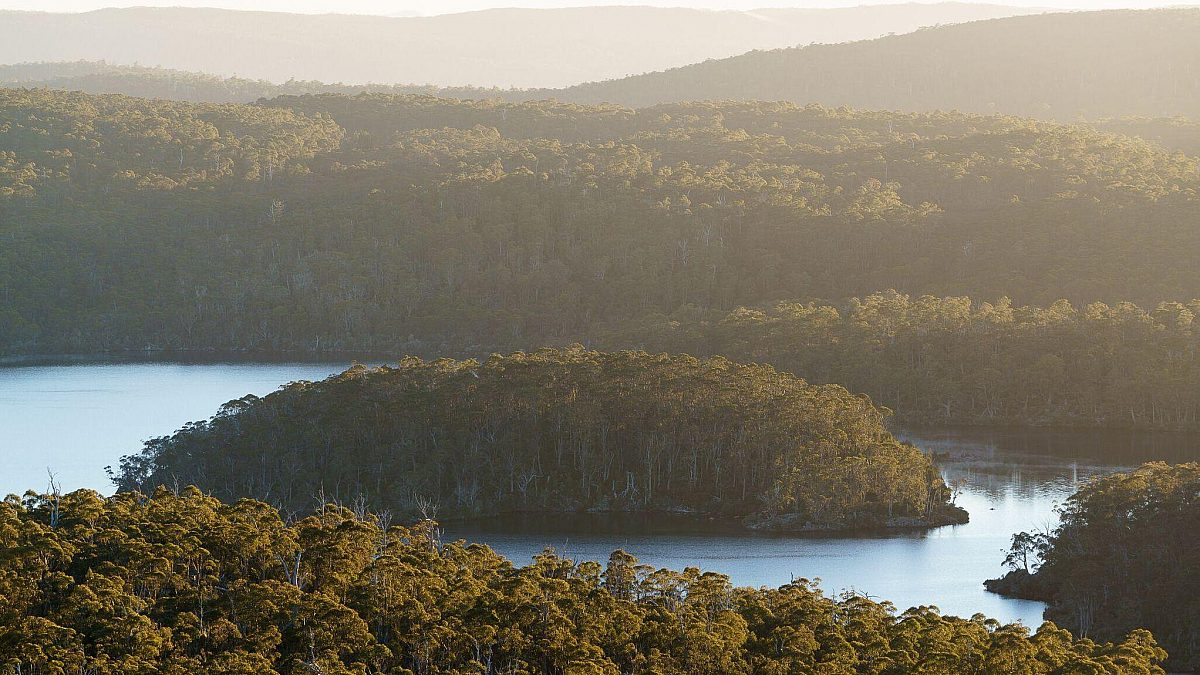
Protecting icons 2021-22
The important, recent work that’s safeguarding these iconic locations. All of it made possible by your support.
With their rich evolutionary history, abundance of unique flora and fauna, and deep significance for First Nations people, the places we focus on deserve respect—and care. They support ancient Gondwanan forests, contain evolutionary adaptations and feature plants and animals found nowhere else on Earth. Above: Lake Malbena, by Grant Dixon.
Australia’s biggest ever national park announced
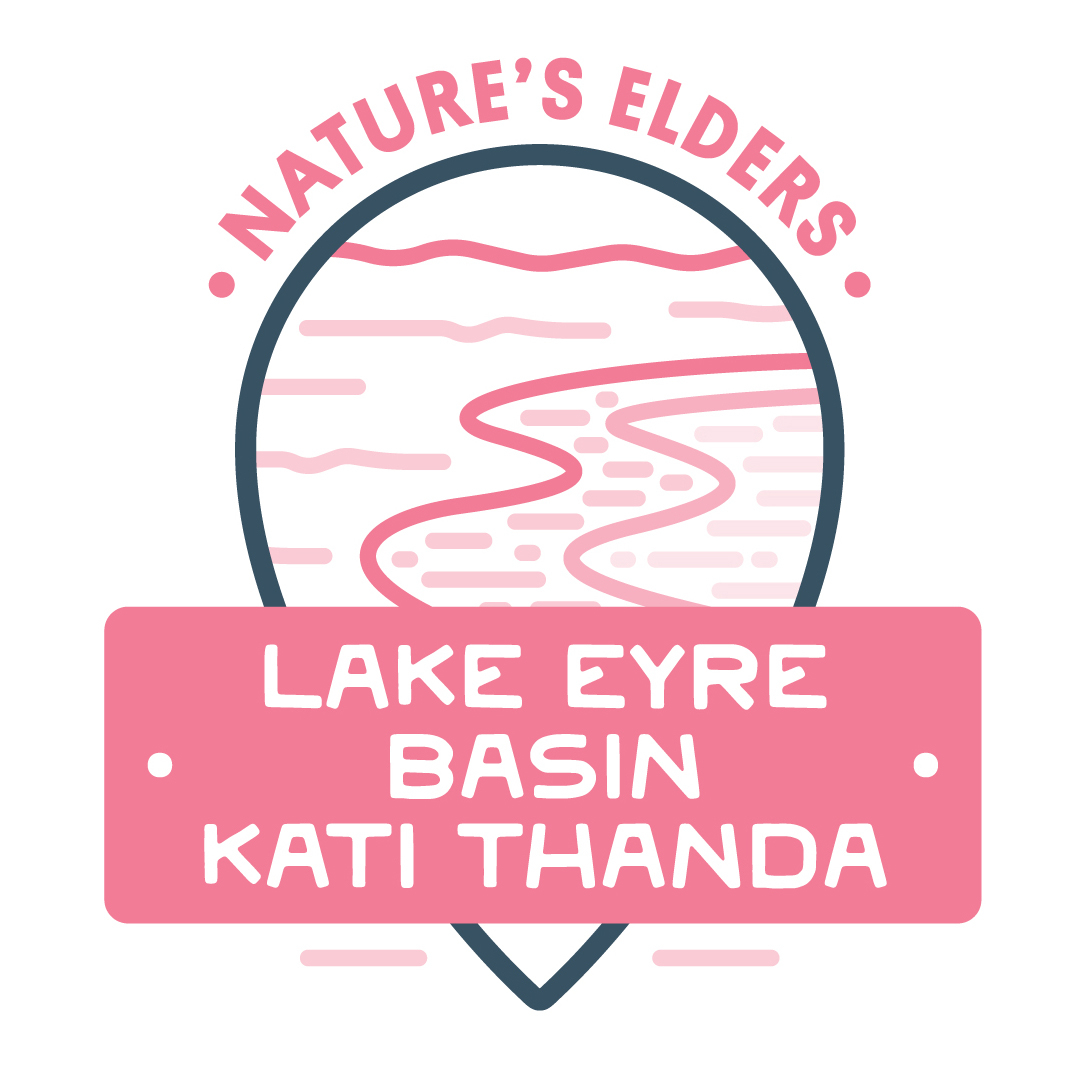
Thanks to your support for over a decade, we’ve helped deliver the biggest national park in Australia! The Munga-Thirri / Simpson Desert National Park will protect 3.6 million hectares of undamaged desert ecosystems and the species that call it home. On 25 November 2021, the South Australian government proclaimed this park—nearly twice the size of Kakadu National Park. It is a significant step towards a huge conservation corridor in the heart of Australia, allowing endangered animals and plants to move and adapt to a rapidly changing climate. It seems like madness, but fossil fuel companies still hold licences for exploration in what will be the new national park.
“Proclaiming a national park sends a strong signal that an area is too precious to put at risk,” says South Australia Director Peter Owen. “With your support we won’t let the fossil fuel industry’s senseless plans to expand into this spectacular new national park happen.
“If bulldozers were to rip through the Munga-Thirri’s shifting sand dunes and drill into fragile groundwater tables like the Great Artesian Basin, it will destroy this unique wilderness area forever. The expansion of the fossil fuel industry must stop if we are to have any chance of a liveable climate into the future.”
Wollemi protected!
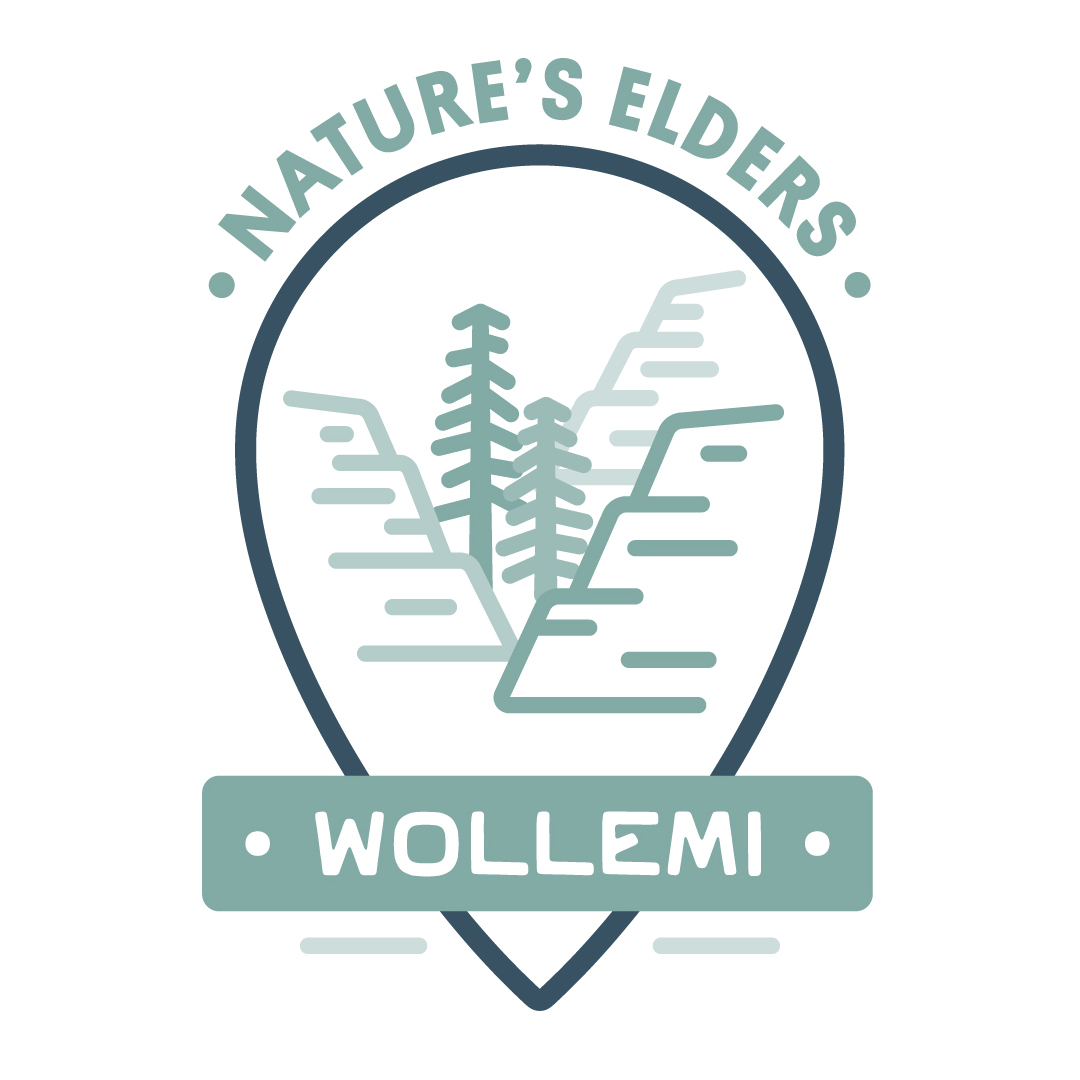
Victoria Jack, NSW Campaign Manager, reflects on the successful campaign to stop the advent of three massive coal mines on the edge of the Greater Blue Mountains World Heritage Area. After you backed the people of Rylstone to knock out the first two coal release areas in late 2021, on 4 May 2022 the NSW government ruled out a third after receiving more than 26,000 emails from Wilderness Society supporters. With your support, we helped the local community stop three coal release areas before they even got to the stage of coal exploration!
“The campaign to protect Wollemi National Park from coal mining produced a major win in 2021-22, with the NSW government ruling out three proposed coal leases on Wollemi’s doorstep. By acting quickly, we knocked this plan on its head before it even got to the stage of coal exploration.
“Thanks to our supporters, we were able to raise funds to shoot drone footage of Wollemi’s spectacular landscapes and threatened species habitat. The footage helped celebrate Wollemi’s forests and exposed the NSW government’s dirty coal plan, which put the largest and most intact part of the Blue Mountains World Heritage Area at risk.
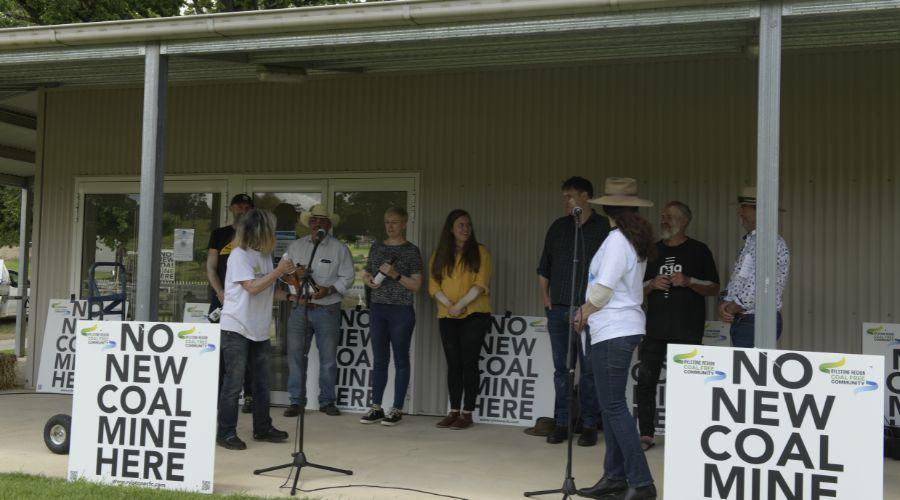
“We supported the Rylstone Region Coal Free Community Group, who led the campaign effort locally—even though many were still recovering from the trauma of fighting to save their properties from the Black Summer Bushfires.
“Among the locals we worked with was Dabee Wiradjuri man Peter Swain, who helped us shed light on the cultural significance of sites within the proposed coal release areas and how damaging a site would break a piece of a Songline.
“The Wollemi victory is proof that when the community is heard, we get better outcomes for the environment. But we urgently need strong community rights so that communities don’t have to spend every spare waking moment for years on end fighting to keep our globally significant places safe from destructive developments.”
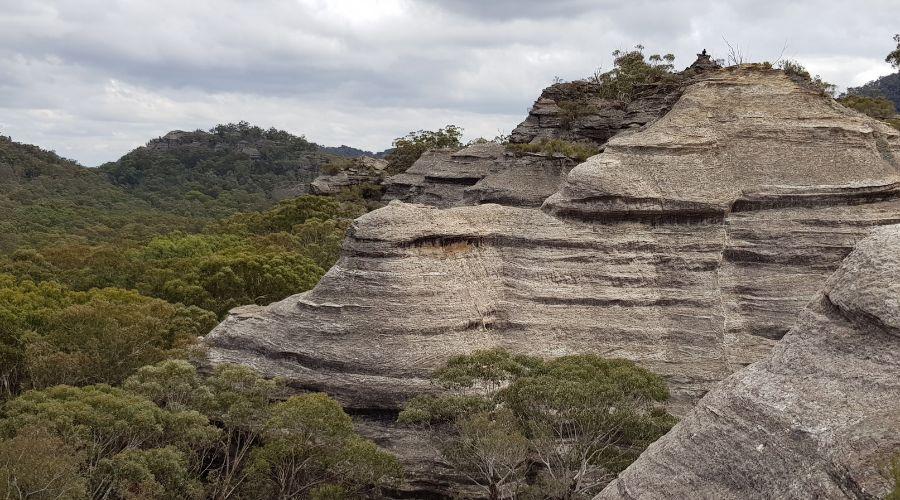
A win for World Heritage and Lake Malbena
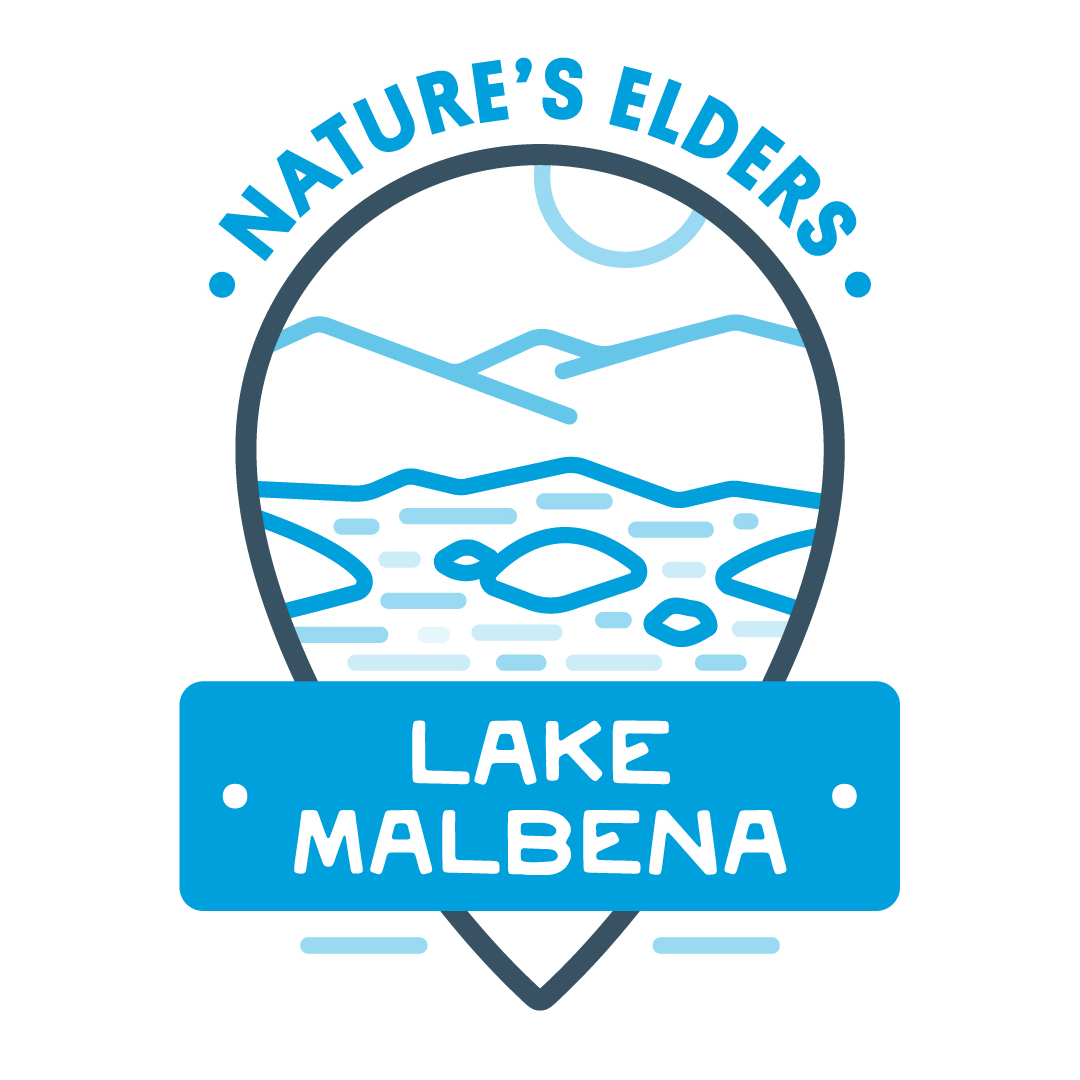
In September 2021, the Full Court of Tasmania’s Supreme Court overturned a decision to grant a planning permit for Wild Drake’s controversial tourism development on Lake Malbena in the Tasmanian Wilderness World Heritage Area.
It was a significant legal victory for the long-running Wilderness Society campaign to protect this special place. This outcome wouldn’t have happened without the critical support of people like you who have kept this campaign moving forward.
At the time of writing Wild Drake hasn’t changed its scheme, and is again seeking approval to go ahead with its reckless plans. “We are calling on the Tasmanian Government to end its parks privatisation policy and to recognise that it lacks social licence because the clear majority of people don’t want public national parks privatised,” says Tom Allen, Campaign Manager for lutruwita / Tasmania. “We won’t stop until the integrity of the state’s World Heritage is protected for good.”
Victoria’s tall forests: the Emerald Link
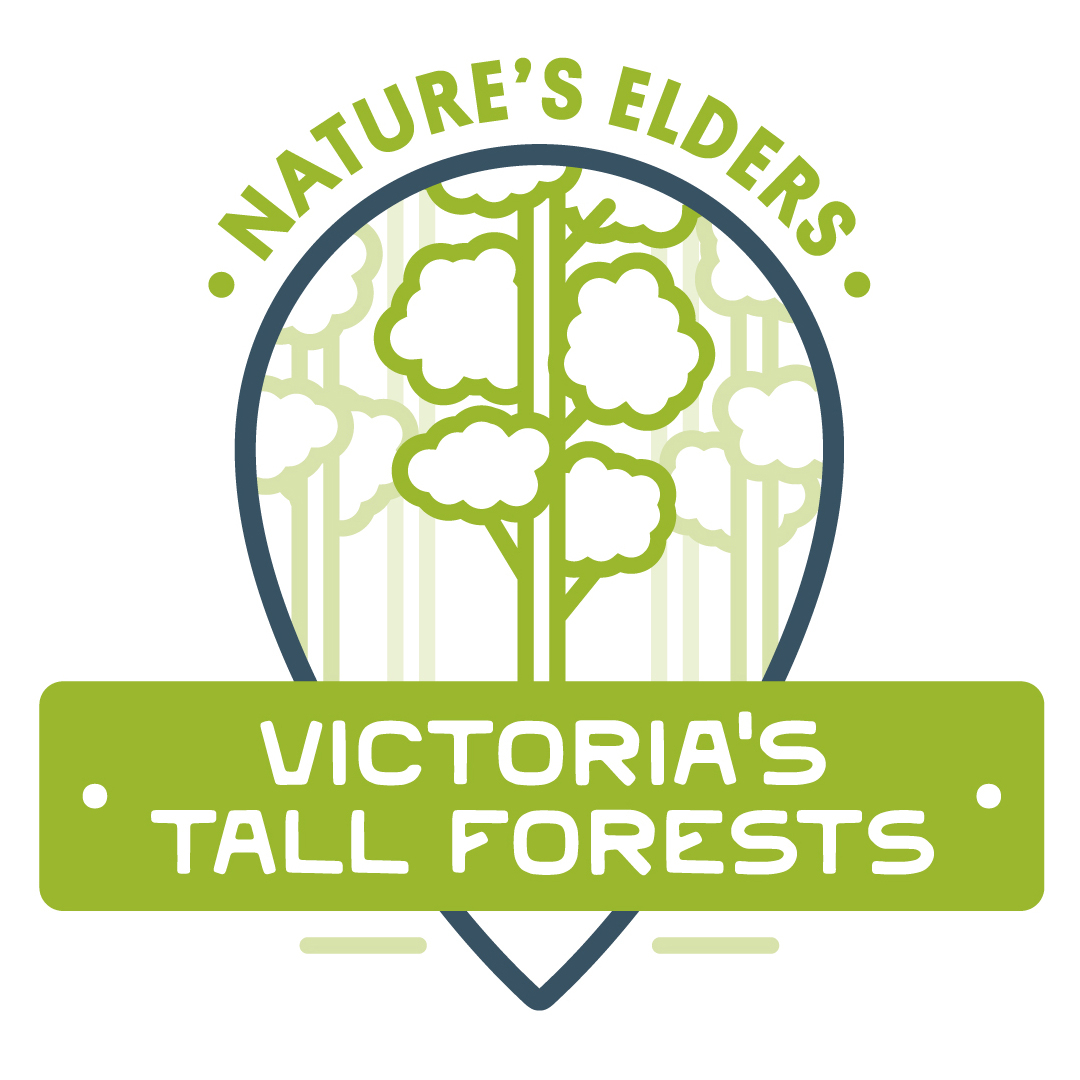
Big strides were made last year to deliver the Emerald Link, a community-led initiative based on nature-tourism opportunities and a positive vision for the forests and people of East Gippsland. One project, the Connecting With Giants walk, is being championed by Emerald Link advocate Birgit Schaedler. She has been hard at work developing a Conservation Proposal for the walk, engaging communities across the Errinundra region, as well as local groups like the Friends of Errinundra, alongside Emerald Link partners the Goongerah Environment Centre Office.
Situated on East Gippsland’s Errinundra Plateau, the Connecting With Giants walk will join two existing trails through spectacular old-growth forest. The area has unique conservation values, with giant trees along the walk having an average trunk circumference of 10 metres. Radiocarbon dating has shown these giants to be between 550 and 600 years old. It’s all home to many threatened bird species, including the powerful owl, sooty owl and square-tailed kite.
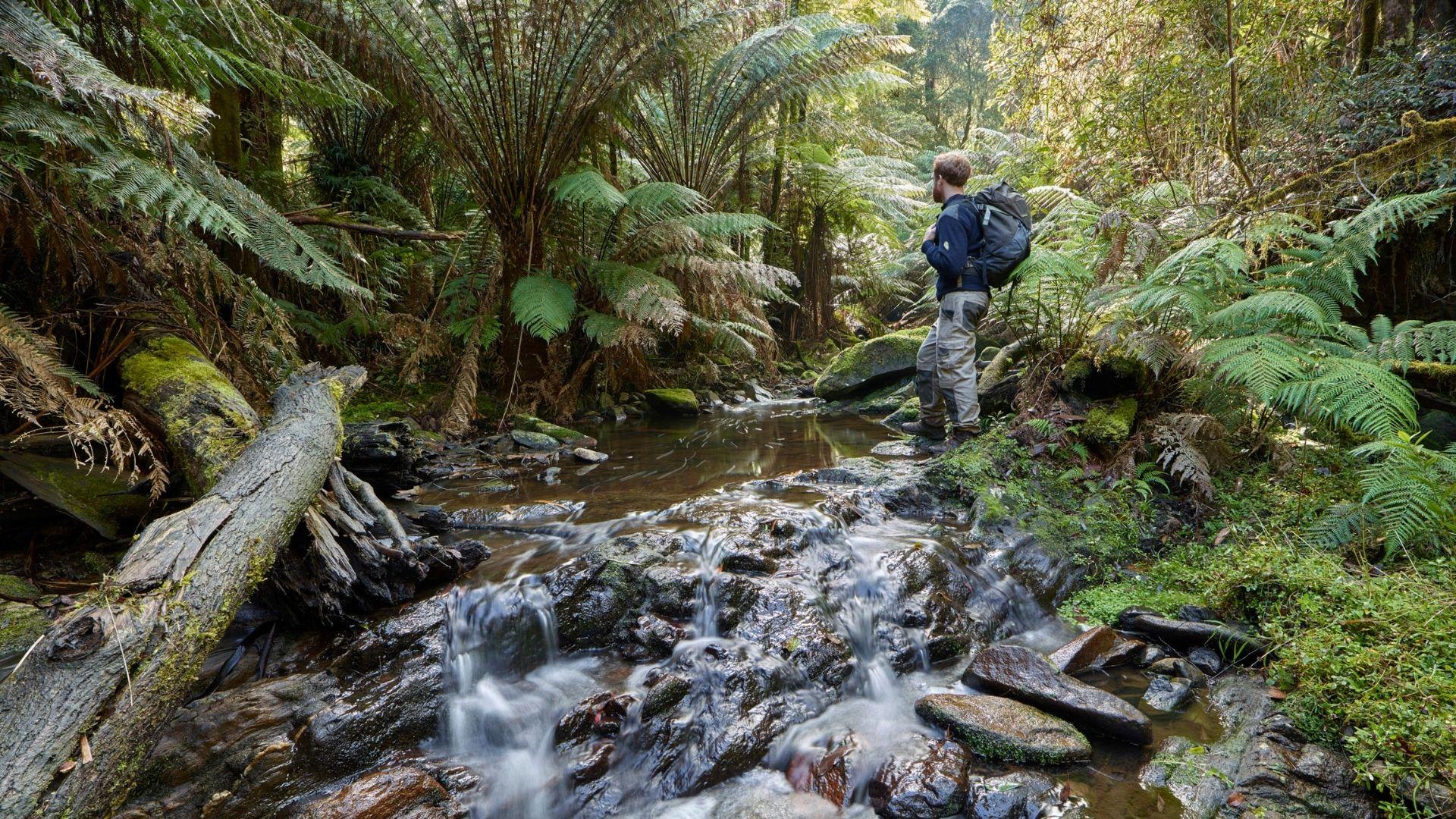
Just recently, Friends of Errinundra, with the help of Emerald Link, managed to secure funding to repair the Old Growth Walk in Errinundra National Park. Thanks to this grant by Bushfire Recovery Victoria, the boardwalk damaged by a fallen branch will be repaired and made accessible again. “Emerald Link is working to encourage visitors to the region. After an unprecedented few years, many people are seeking to reconnect with nature,” says Victoria Campaign Manager Richard Hughes.
“Some of the world’s greatest remaining ancient forests are in the region, and we want to support opportunities for economic and social gains that benefit everybody while celebrating this unique natural environment.”
Santos leaves the Great Australian Bight
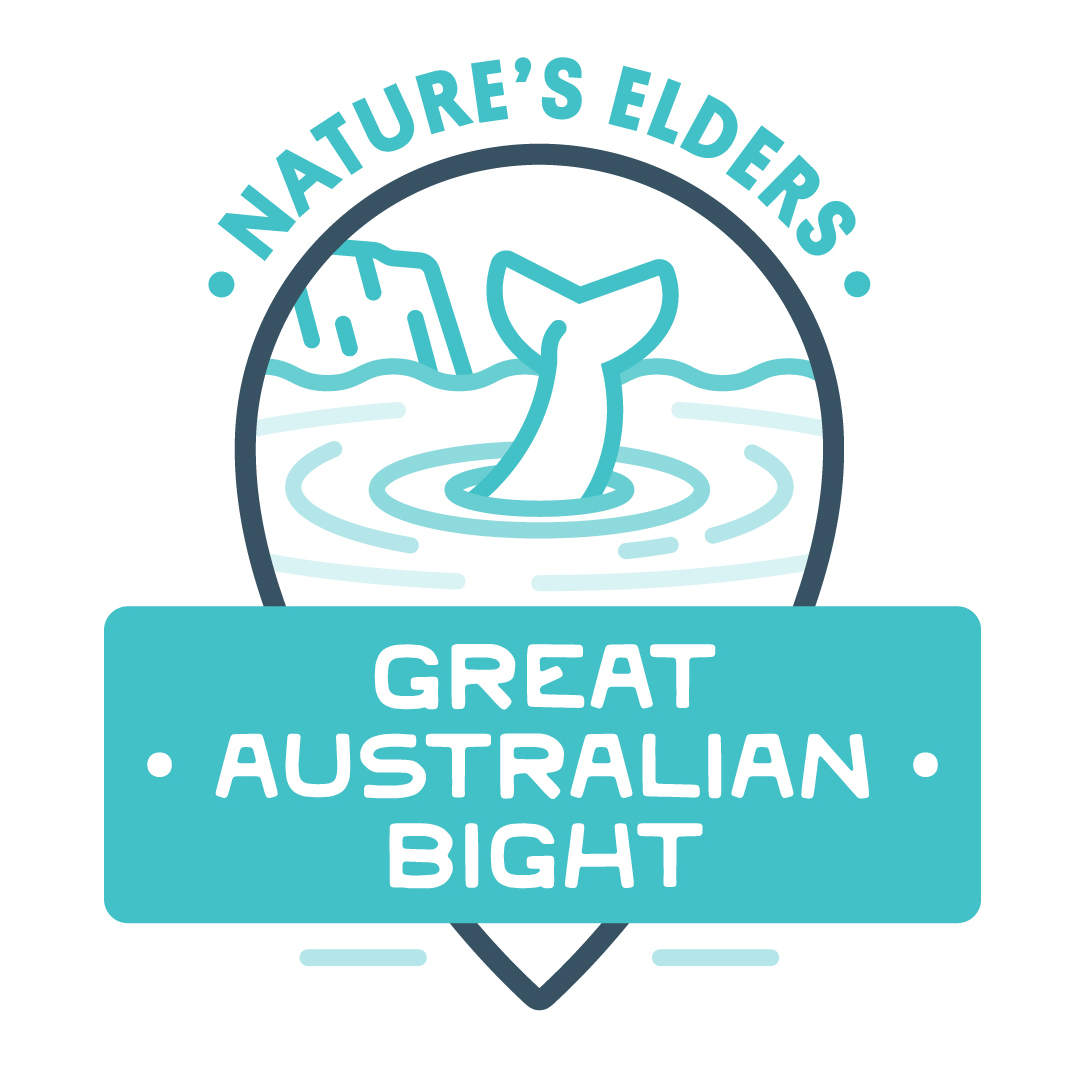
On 16 July 2021, Santos became the fifth fossil fuel giant to pull out of oil and gas exploration in the Great Australian Bight. Working closely with the Mirning people and partners, Wilderness Society South Australia helped coastal communities prove once again that the mindless expansion of the fossil fuel industry can be stopped.
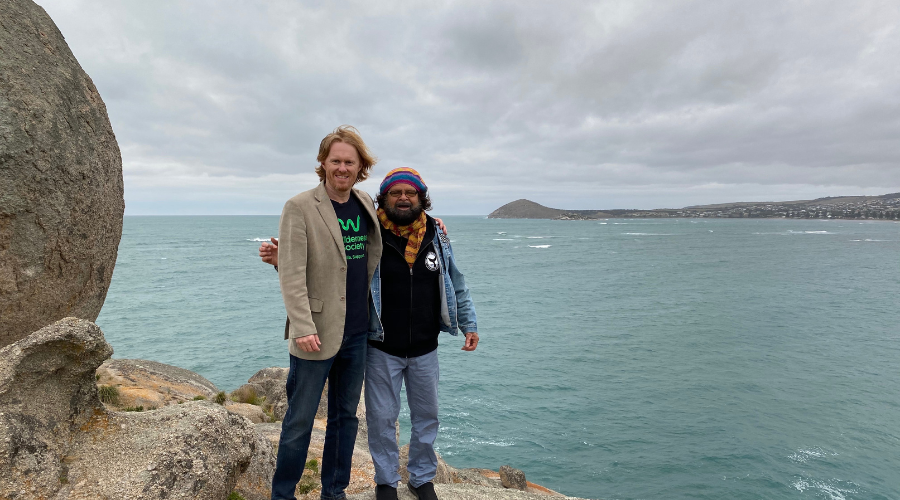
“We are now calling on the Australian government to listen to the people and permanently protect the unique waters of the Great Australian Bight from drilling for good,” said Wilderness Society South Australia Director, Peter Owen.
Acting swiftly
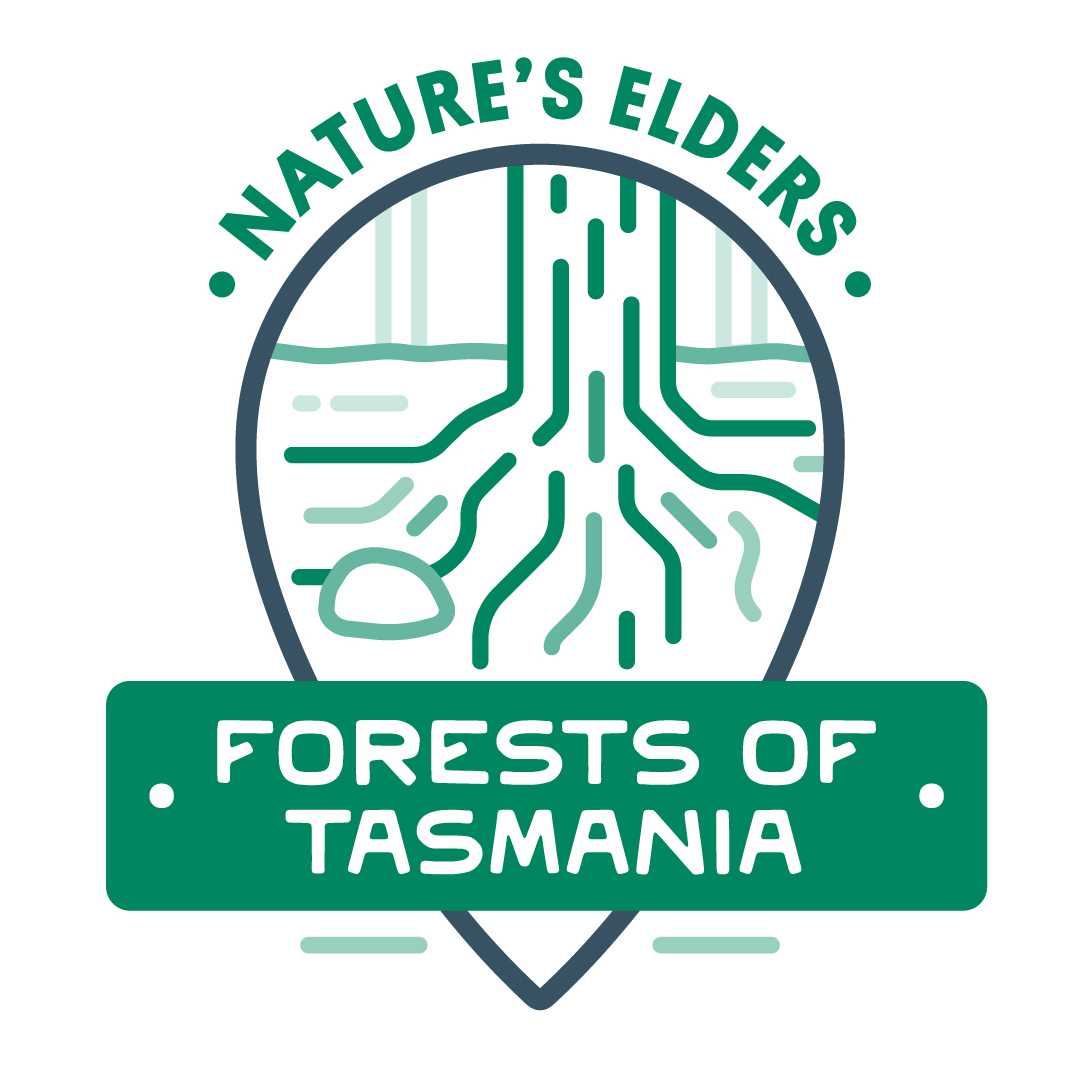
Last year Wilderness Society supporters were asked to ‘Act Swiftly’ to spare critical habitat for the swift parrot, one of the rarest birds in Australia, from logging. Swift parrots are critically endangered with the principal driver of their decline being the logging of their habitat. Ecologists, citizen scientists and grassroots activists found them settling down in the threatened Lonnavale Forests during breeding season.
These forests in southern lutruwita / Tasmania are rich habitat for the species, but are currently outside the ‘Swift Parrot Important Breeding Area’ (SPIBA). This means there are few restrictions that prevent the logging of this High Conservation Value forest habitat. Hundreds of supporters wrote to the Tasmanian government calling on it to immediately enforce a moratorium on logging of swift parrot habitat.
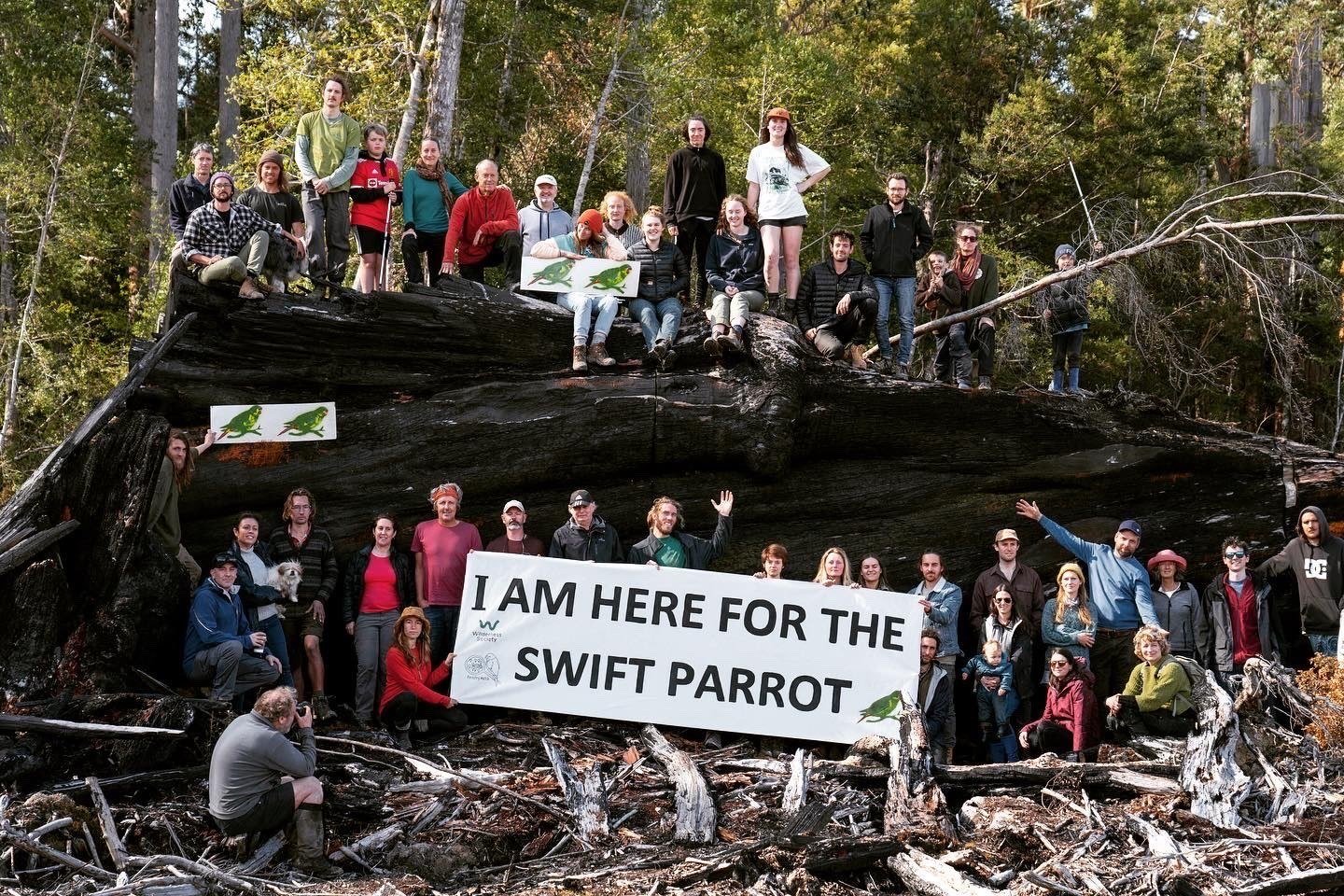
“Thanks to your support, the Lonnavale Forests are being treated by managers as if they are a Swift Parrot Important Breeding Area. This is a great result: the next step is the government formalising this area in a SPIBA to ensure ongoing protection for these amazing birds,” says Campaign Manager for lutruwita / Tasmania, Tom Allen.
WA’s South West forests
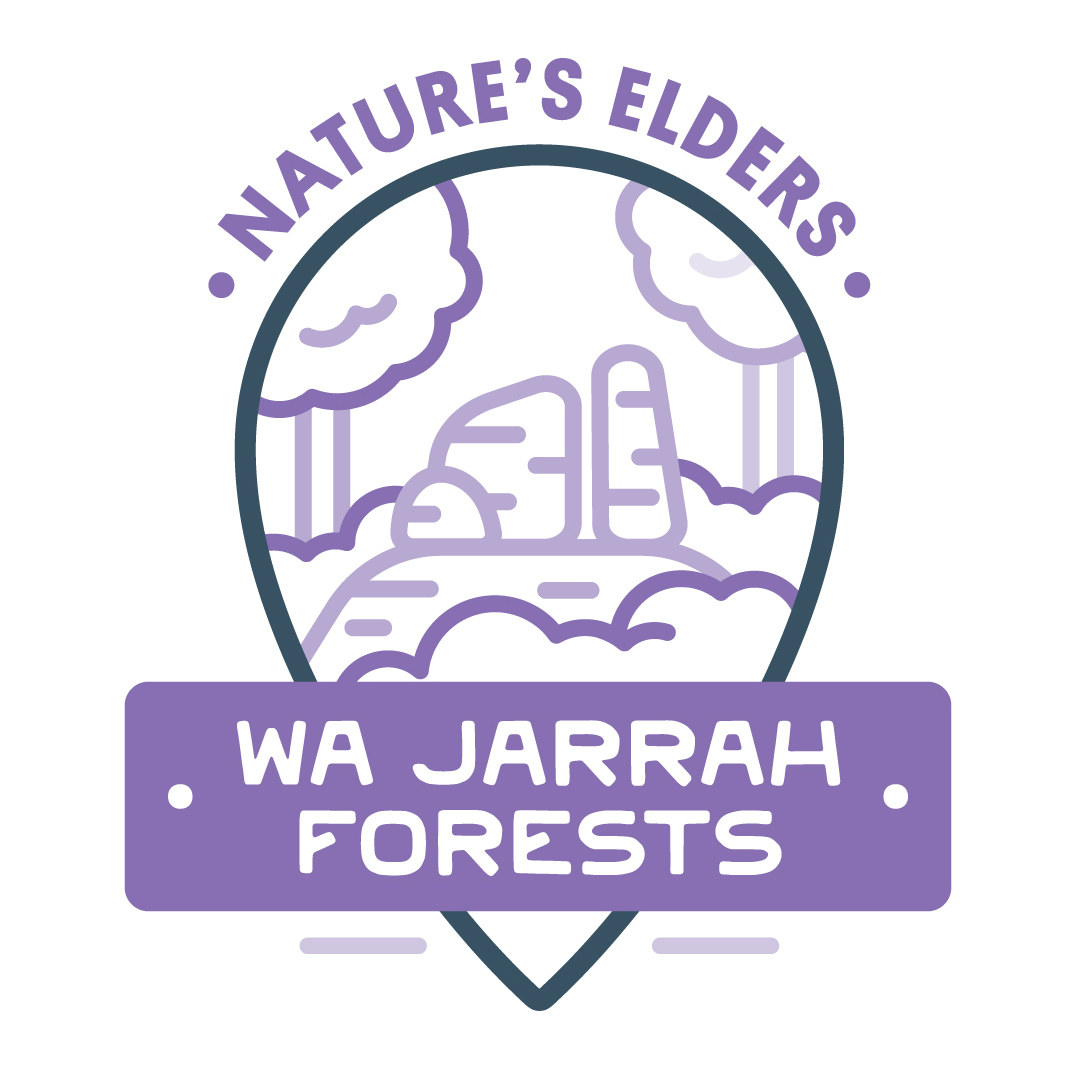
Backed by your actions—and thousands of other people like you who raised their voice—the WA government announced the protection of South West native forests from logging by January 2024. This powerful campaign led by the WA Forest Alliance has resulted in one of the largest environmental reforms in Western Australia’s history.
During the 2021 WA election, Wilderness Society supporters were asked to participate in a community survey on the future use of the South West native forest. Out of 17,000 respondents, 95% of people agreed with the need to protect more native forests, while 73% agreed that no native forest harvesting should occur. The message was clear—continued logging of high conservation value native forests is unacceptable. However, the WA government’s logging policy omitted existing mining operations, which continue to clear large swathes of forest and bushland, including the precious and ancient Jarrah forests.
“We can see the enormous impact of bauxite mining, which is ripping apart this biodiversity hotspot,” says WA Campaign Manager, Patrick Gardner. “It is absolutely crucial that efforts are made to protect and restore this ancient landscape. Our Thousand Cuts Report details the necessary steps for the survival of the Jarrah Forests, beginning with the cessation of all clearing and fragmentation.”
Protecting Martuwarra
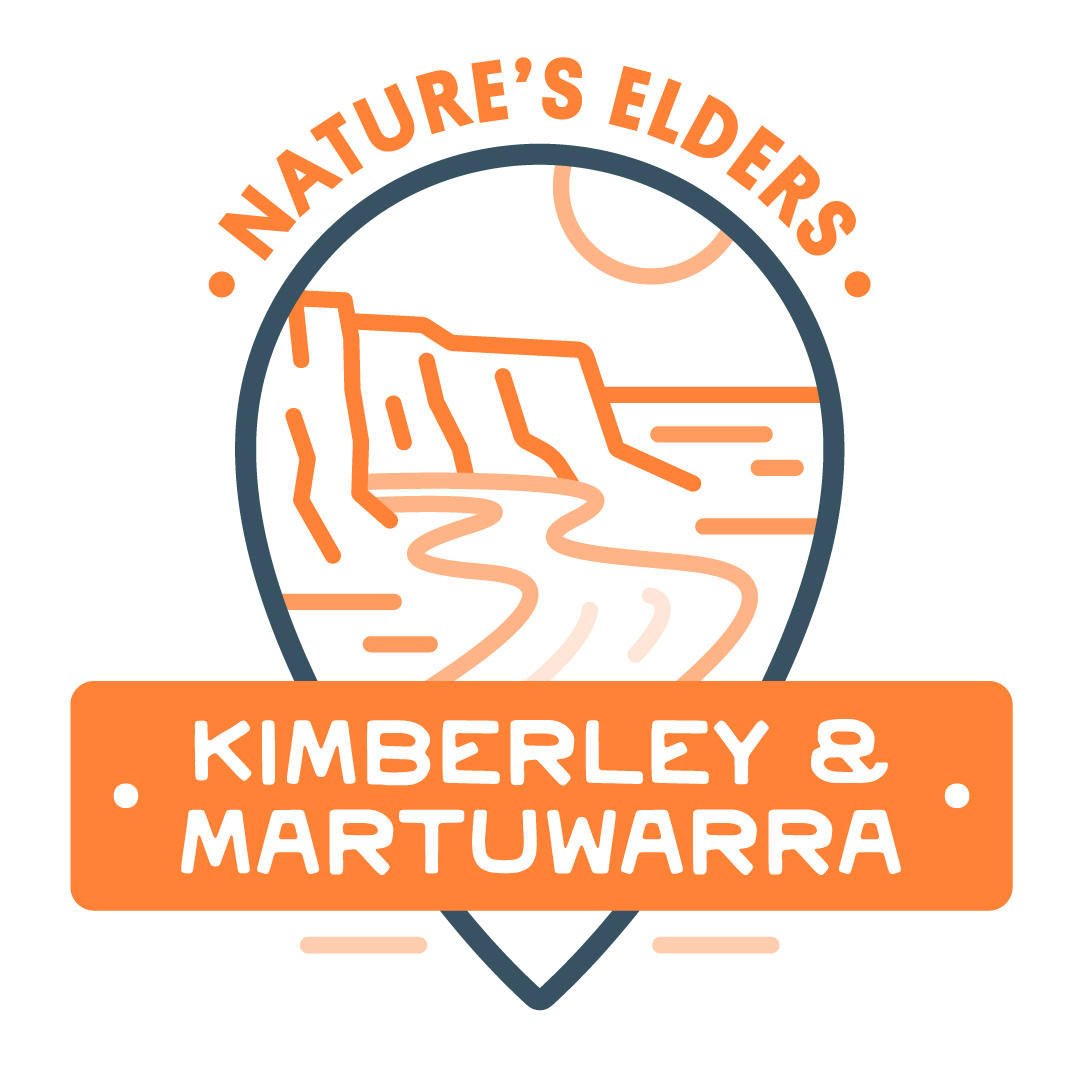
A massive push from supporters like you enabled the Wilderness Society to work alongside the Martuwarra Fitzroy River Council in the Kimberley, WA. You helped fund advocacy for the protection of the river alongside the First Nations communities, and we are working with them to help broadcast their important stories.
“Billionaires plan to exploit Martuwarra and the Kimberley for their reckless irrigation and oil and gas projects,” says Jenita Enevoldsen, Wilderness Society Senior Campaigner.
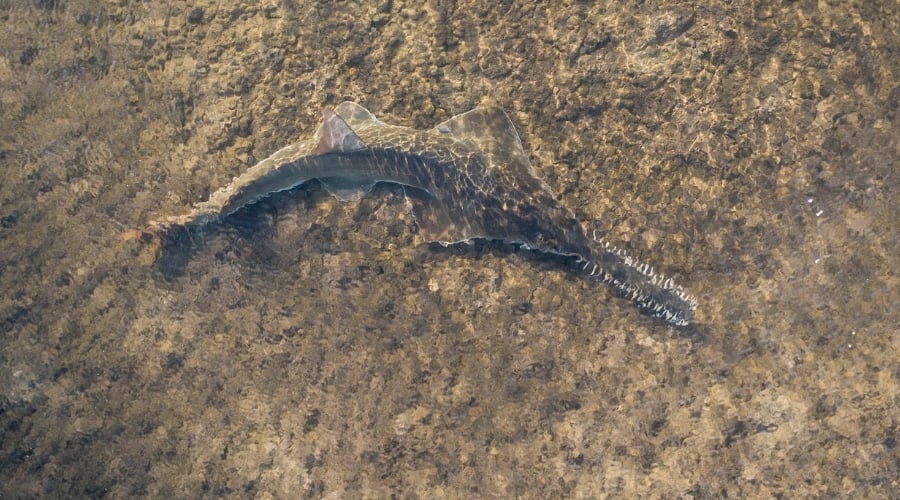
“Martuwarra is the largest registered Cultural Heritage site in WA. It’s also one of the last strongholds of the freshwater sawfish, and the catchment is home to one of Australia’s oldest organisms—boab trees—thought to be growing here for over 1,500 years. With your support we can protect this diverse landscape and make sure the life-sustaining waters of Martuwarra flow free."